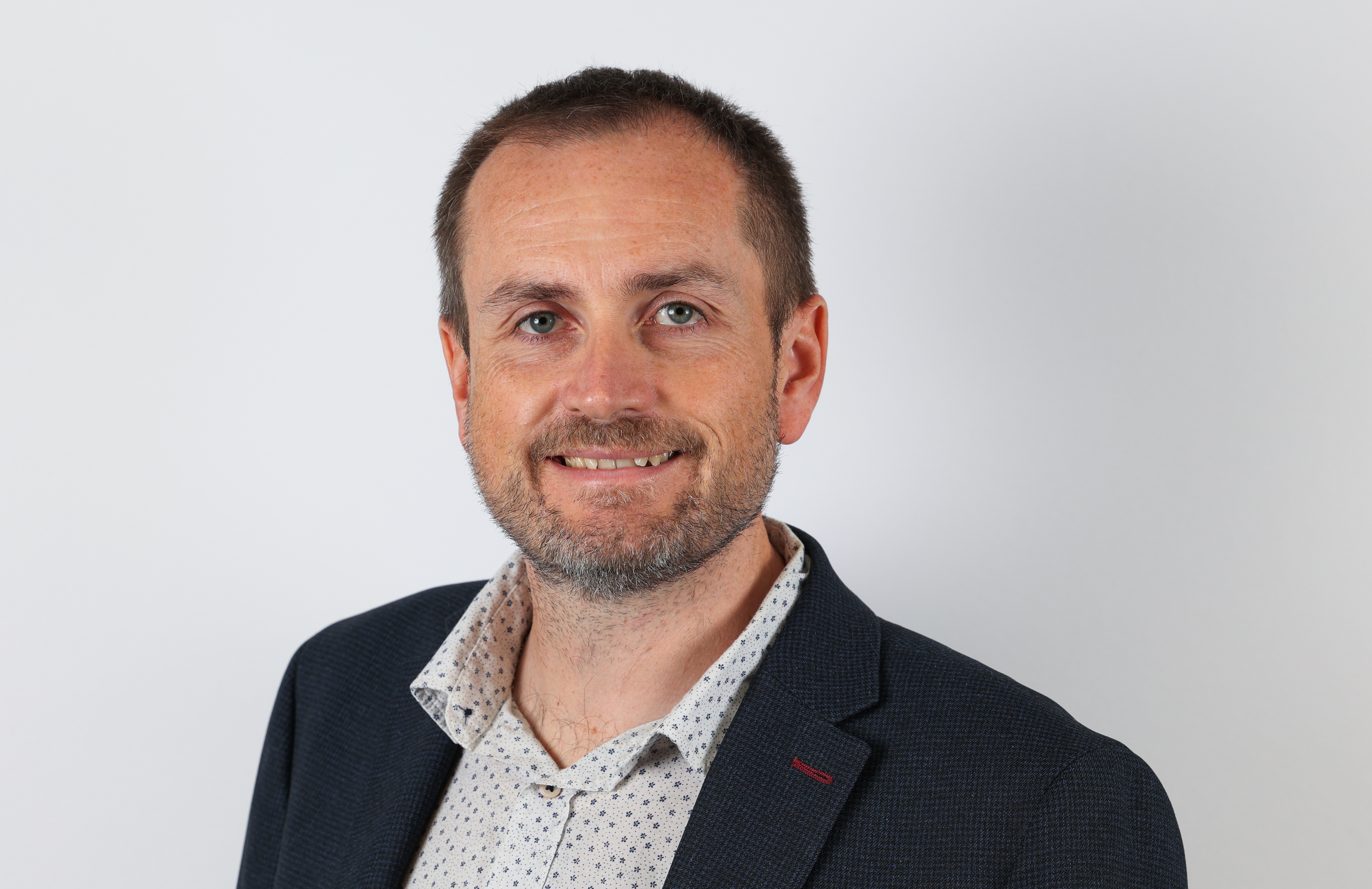FST JOURNAL
Space Science Missions
DOI: https://www.doi.org/10.53289/VGWY1226
Breaking into the space industry as a business
Dr Tudor Williams

Dr Tudor Williams is a strategist in the fields of space, communications, semiconductors, and defence. He currently serves as the Chief Technology Officer at Filtronic, where he collaborates closely with business development and engineering teams to shape the company’s technical strategy and roadmaps. In this role, he also manages industry and academic partnerships and secures funding for strategic roadmap projects. Dr. Williams holds a Master of Engineering (MEng) in Electronics and Communications Engineering from Swansea University and a PhD in RF/Microwave Engineering from Cardiff University.
Summary:
- When I joined Filtronic three and a half years ago, we had limited presence in the space sector. Now, that area has become core to our business
- Filtronic’s partnership with Space X marks our significant entry into the space industry
- To stay competitive in the comms market, we have had to carve out a niche
- ESA funding has been transformational, allowing us to build new capabilities and explore new markets
- Science programmes provide the guidance we need and the opportunity to explore what we may be selling in five or ten years.
I wanted to share some insights about Filtronic’s journey into the SatCom market, which has been quite an adventure for us. Although we are relatively new, we have seen rapid growth in this area. For many companies outside the space industry, figuring out how to break in can be intimidating. It seems like a significant leap, and I will outline our experiences as we navigate through it, emphasising what our company stands for and our trajectory. I will also reflect on how science and business can shape the future of electronics.
Growth
We focus on design and manufacturing RF and microwave subsystems for payload and ground systems, as well as Aerospace and Defence applications. These components facilitate the communication links—typically high-frequency data connections—between satellites and the ground. Our company has been a leader in the RF and microwave domain for over 40 years, originally starting at Leeds University with a focus on filters. While our roots are in telecoms and defence, when I joined the company three and a half years ago, we had limited presence in the space sector. Now, that area has become core to our business. When I joined, our revenue was around £16 million annually, which grew to £25.4 million last year, with estimates suggesting around £55 million this year. This rapid growth has included expanding our team from 110 to 180 employees over the last year, particularly increasing our engineering team from 30 to 80, which is quite a challenge in the UK job market.
We operate from the northeast of England, where we have a factory, we then have satellite operations around the UK to attract top talent to enhance our design capabilities. In terms of our growth journey, we are also relocating to a new head office in NETPark, Sedgefield, County Durham. We will be moving into a larger facility that is twice the size of our current space, with 6x manufacturing space, which will significantly boost our manufacturing capacity.
Space X
Our growth has been driven by the emerging “new space” market, where there is a shift from complex geosynchronous satellites to large Low Earth Orbit (LEO) constellations of thousands of satellites. Companies like SpaceX have revolutionised this space, emphasising the importance of cost-effective solutions that have a lifespan of seven to ten years. Our partnership with Space X marks our significant entry into the space industry. Announced in April last year, this collaboration focuses on the ground segment, which is generally more accessible than payload systems. SpaceX is known for being highly vertically integrated, producing many components in-house. Thus, our partnership is quite unique and indicates the value they see in our offerings. Overall, our journey continues to evolve, and we are excited about the future.
A small SME with core capabilities
At Filtronic, we have some core capabilities here in the UK, operating as an SME that competes with the best in the world at what we do. Our leading performance in millimetre wave solutions speaks volumes about our expertise. We work at very high frequencies, and coming from a communications background has pushed us to always be at the forefront of technology. To stay competitive in the comms market, especially in the UK, we must carve out a niche, as a lot of similar work is done elsewhere, particularly in Asia, where costs are lower.
Over the last 10 to 15 years, we have made significant advancements in developing high-frequency links, such as the E-band products we provide to SpaceX, which operates at 81-86 GHz. Manufacturing and designing these components are a challenge, as many can make a few units, but scaling production is incredibly difficult. Mike Nichols at SpaceX has praised us as a strong partner, noting our ability to keep pace with their rapid development. Growing our team from about 30 to 80 people in such a short time has been impressive, enabling us to maintain our engineering capabilities alongside SpaceX. Looking forward, after our work with SpaceX has laid a solid foundation for revenue growth, we aim to expand our offerings to other satellite companies and constellations.
Sector support
Diversification is crucial, and thanks to the support of the UK Space Agency and the European Space Agency (ESA) through the ARTES programme, we are developing new hardware for payloads. Without this support, we might not have been able to take the investment risks necessary for this project.
The ESA funding has been transformational, allowing us to build new capabilities and explore new markets. This funding is not just financial; it comes with a dedicated team of engineers from ESA, assisting us in developing our capabilities and skills, making us a true space company. On our side, we’re developing payload modules that facilitate high-frequency data links from satellites to the ground at Ka and Q/V-band frequencies, allowing for substantial data transmission.
R&D roadmap
Our R&D roadmap is full, highlighting our rising profile since our association with SpaceX. As we grow our team, we are also exploring ways to diversify, particularly moving down in frequency, which reflects new market opportunities in both commercial and military satellite communications. We’re attentive to the growing UK military satellite capabilities and feel well-equipped to participate in that sector, leveraging both our engineering and manufacturing skills. In addition, we are partners in the ViaSat D2D programme, looking to facilitate direct satellite communications with mobile phones. This project leverages cutting-edge technology, and I’m excited about our involvement. While we have not yet ventured into science missions, we are eager to participate. These initiatives offer insights into long-term technological investments that are often difficult for commercial enterprises to pursue, as they focus on immediate needs. Science programmes provide the guidance we need and the opportunity to explore what we may be selling in five or ten years. By engaging with these programmes, we can build product foundations for future commercial and defence markets, turning visionary ideas into revenue streams. The feedback from the UK Space Agency’s research informs us on the technological landscape, helping us align our efforts with industry demands.
